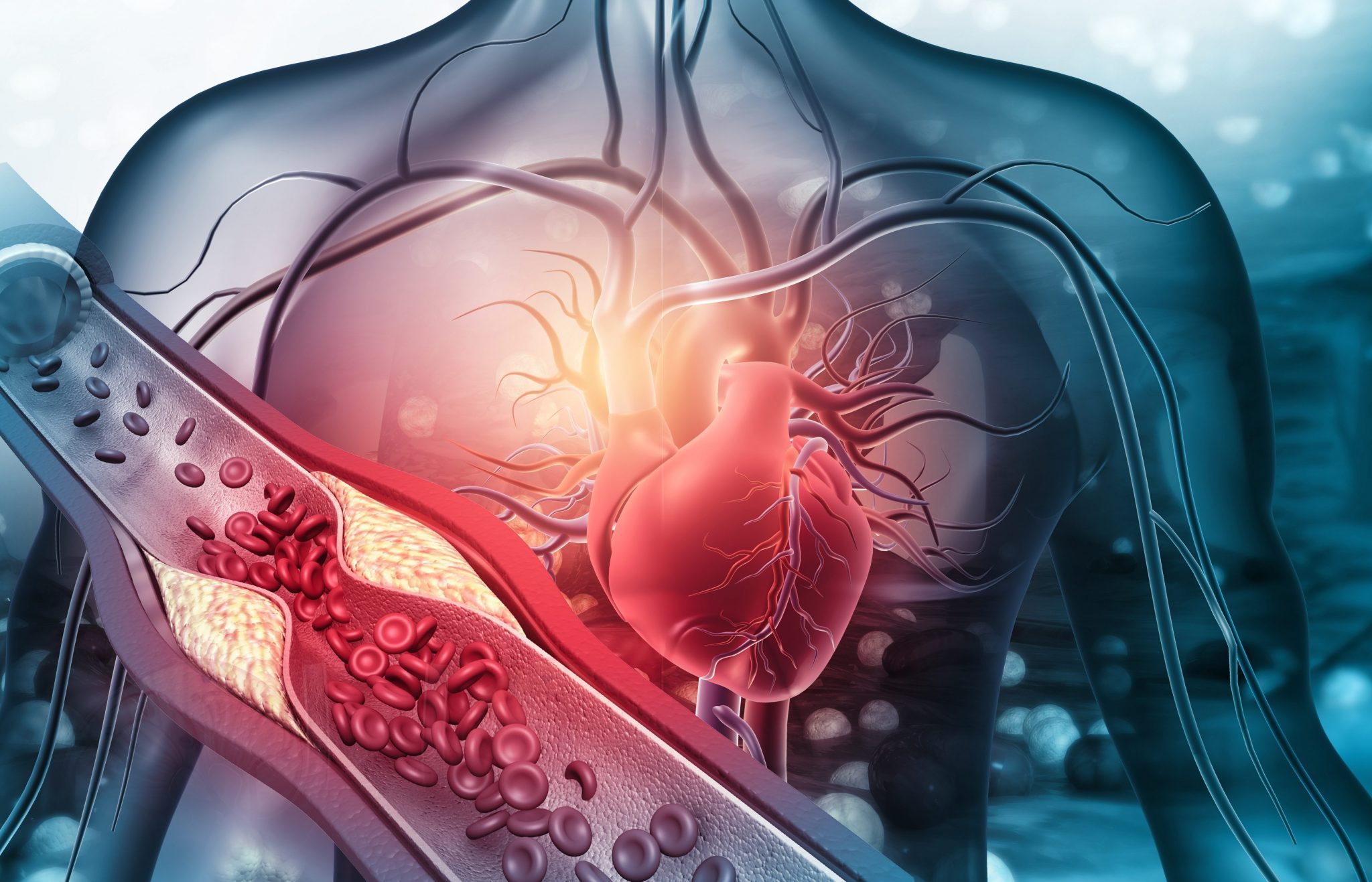High cholesterol, also known as hypercholesterolemia, is a common condition that can have significant implications for cardiovascular health. Cholesterol is an essential lipid substance in our body, involved in the production of hormones, vitamin D and bile acids. However, when blood cholesterol levels exceed certain thresholds, health problems can occur. In this article, we’ll explore in detail the symptoms that could indicate high blood cholesterol and the importance of having regular screening tests to monitor your cholesterol levels.
Symptoms of High Cholesterol: Beyond Silence
Often, high cholesterol causes no obvious symptoms and can go unnoticed for a long time. However, there are signs that may be related to high blood cholesterol and that may be relevant to whether you have this condition. Here are some possible symptoms that could indicate the presence of high cholesterol:
- Xanthelasma: These are yellow or whitish fatty deposits that form on the skin around the eyes. While they are not specific symptoms of high cholesterol, they can be a sign of cholesterol buildup in the body.
- An old bow: This is a gray or white ring that appears around the cornea of the eye. This ring may be associated with high blood cholesterol levels, but it is important to note that its presence is not enough to diagnose high cholesterol.
- Chest pain: Plaque buildup in the coronary arteries can cause angina or chest pain. This can be a sign of coronary heart disease, which is often related to high cholesterol. It’s important to note that chest pain can be caused by other factors as well, so a medical evaluation is imperative for an accurate diagnosis.
- Circulation problems: High cholesterol can affect blood circulation and cause symptoms such as leg pain when exercising, cramps and weakness. However, these symptoms can also be attributed to other medical conditions, so a medical evaluation is needed for an appropriate diagnosis.
- Xanthomi: These are deposits of cholesterol that build up under the skin, forming yellow or orange-colored growths or nodules. They can appear on the hands, elbows, knees, or other parts of the body. While the presence of xanthomas can indicate high blood cholesterol, it is important to note that this condition can be caused by other factors and requires careful medical evaluation.
The Importance of Cholesterol Testing: The Way to Prevention
While the symptoms listed above may offer an indication of possible high cholesterol, it is vital to understand that the presence of symptoms is not sufficient for a definitive diagnosis. Confirmation of cholesterol levels requires specific tests, such as the lipidogramwhich measures levels of total cholesterol, LDL (low-density lipoprotein), HDL (high-density lipoprotein), and triglycerides in the blood.
Cholesterol testing is an essential part of preventing cardiovascular disease and should be done regularly, especially for those who have additional risk factors such as a family history of high cholesterol or cardiovascular disease. The test allows you to assess individual risk and allows you to take preventive measures to reduce the risk of complications.
Reducing High Cholesterol: The Road to Health
If tests reveal high cholesterol levels, steps can be taken to reduce the risk of complications and improve overall health. Here are some strategies that may be recommended:
- Healthy eating: A balanced diet rich in fruit, vegetables, Whole grains, legumes e healthy fatssuch as those found in olive oil and omega-3-rich fish, can help lower cholesterol levels.
- Regular physical activity: Regular exercise can help increase your levels HDL (good cholesterol) and improve overall cardiovascular health.
- Limit saturated and trans fats: Reducing your intake of foods high in saturated and trans fats, such as fatty meats, full-fat dairy products, fried foods, and packaged snack foods, can help keep cholesterol levels low.
- Stress management: Stress can negatively affect blood cholesterol levels. Therefore, learning stress management techniques, such as meditation, deep breathing and relaxation exercise, can be beneficial to overall health and cholesterol control.
It is important to note that taking these lifestyle measures should always be supported by a consultation with a healthcare professional. In some cases, the use of cholesterol-lowering drugs may be necessary, and only a doctor can evaluate the situation and prescribe the appropriate treatment.
Conclusions
High cholesterol can be a risky condition for cardiovascular health, but it often shows no obvious symptoms. It is important to look out for signs such as xanthelasma, arcus senilis, chest pain, circulation problems and xanthomas which could be related to a high blood cholesterol concentration. However, definitive diagnosis requires specific tests. Regularly having cholesterol screening tests is essential to monitor your health and take preventive measures to reduce the risk of complications. Maintaining a healthy lifestyle, including a balanced diet, regular exercise and stress management, can help control cholesterol levels and improve overall health. Do not hesitate to consult a doctor for a personalized evaluation and an adequate treatment plan. Your cardiovascular health is precious, so take care of yourself.
Sources
- Mayo Clinic. “High Cholesterol. Link
- High cholesterol, what foods to eat to lower it. Links
